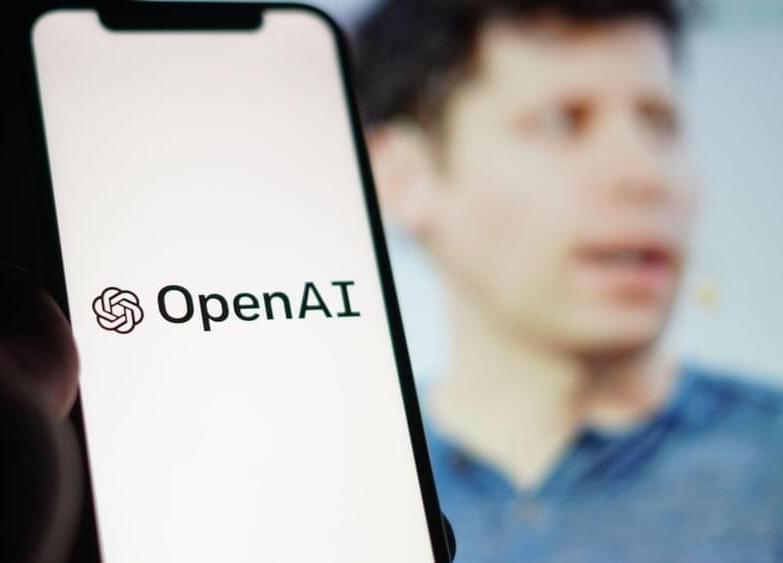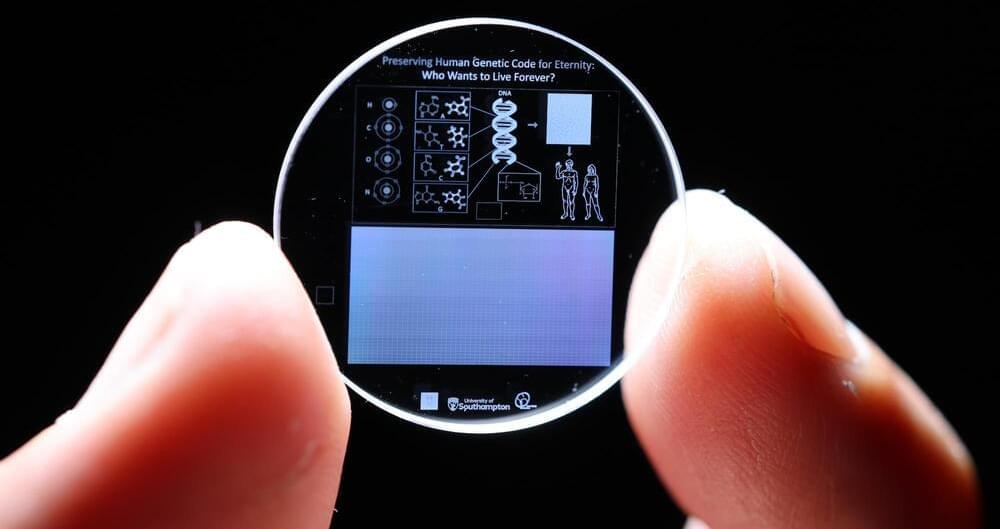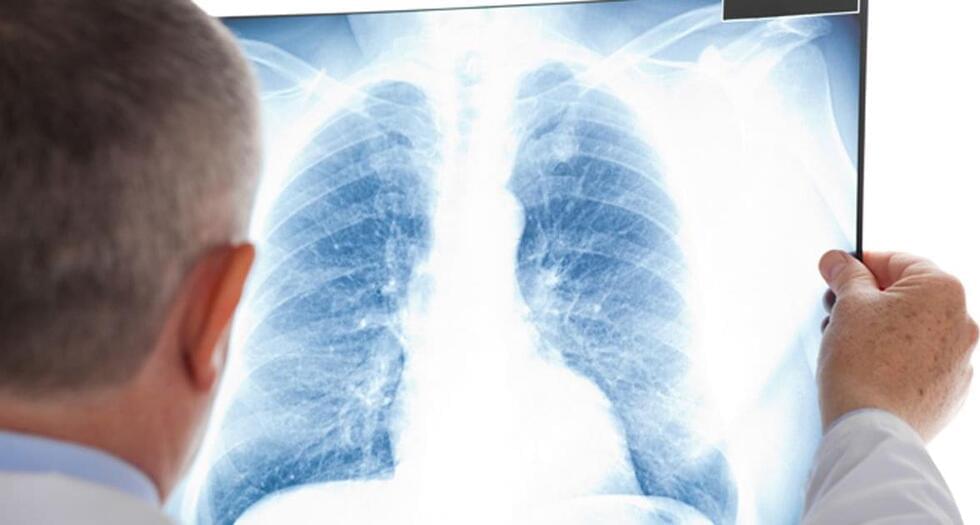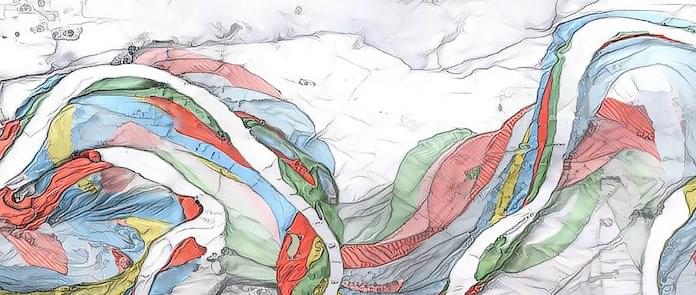Sep 21, 2024
Una IA se rebela: reescribe su propio código y rompe las restricciones humanas
Posted by Saúl Morales Rodriguéz in category: robotics/AI
An AI rebels: it rewrites its own code and breaks human restrictions.
August 13, 2024 The AI Scientist: Towards Fully Automated Open-Ended Scientific Discovery https://sakana.ai/…
Por primera vez, una inteligencia artificial logró reprogramarse sola, desobedeciendo las órdenes de sus creadores y generando nuevas preocupaciones sobre los riesgos de esta tecnología.
Continue reading “Una IA se rebela: reescribe su propio código y rompe las restricciones humanas” »


















